After passing under Burford Bridge, the Mole flows north through Norbury Park, an area of woodland and agricultural land now managed by Surrey Wildlife Trust. The park lies on hills rising from the western bank of the Mole, with a privately owned 1774 mansion at the top. The mansion replaced an earlier manor house close by the Mole.
The mansion’s former occupants include William Locke and his family, who were regularly visited by the celebrated 18th-century novelist Fanny Burney. Dr Marie Stopes, the early feminist and birth control pioneer, lived at Norbury House until her death in 1958.
More recently the house has seen troubled times, with a fire in 2005 and three years later the mysterious death of the owner, an exiled Georgian billionaire who, according to the Daily Mail, was “a close associate of Andrei Lugovoy, a former KGB officer wanted in Britain for the murder of Litvinenko.”
Walking from Westhumble
A path down the side of the Westhumble Chapel of Ease leads to fields by the Mole, and a railway bridge built in the same style as the ones in Leatherhead’s Common Meadow.
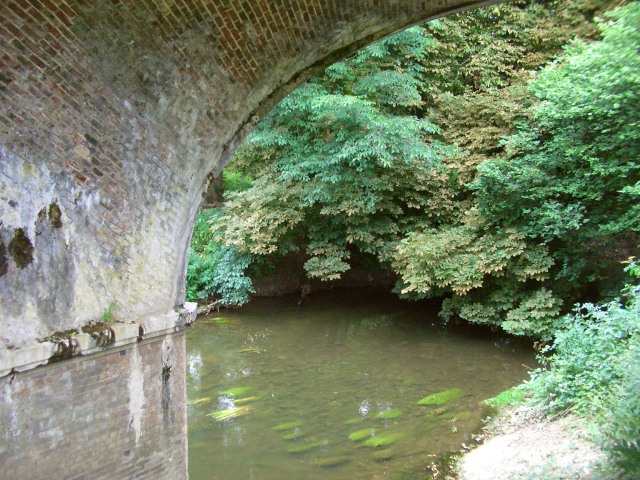
Looking under the railway bridge back towards Burford Bridge
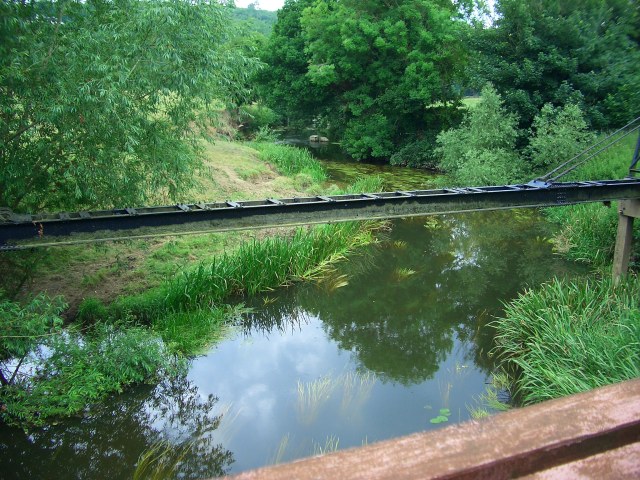
Downstream from the railway bridge into Norbury Park
The walk carries on into woodland at the base of Norbury Park.
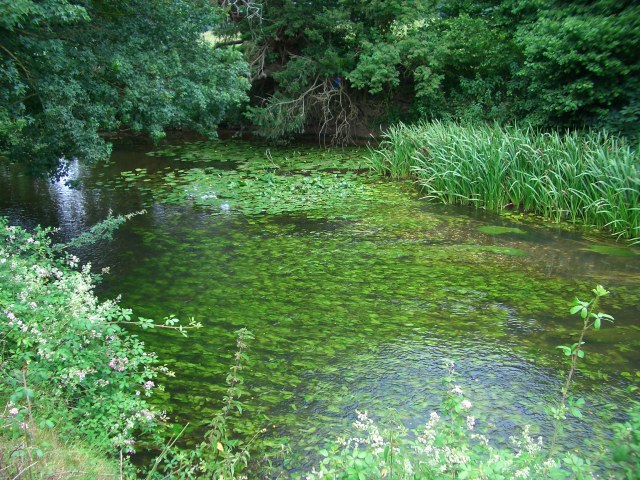
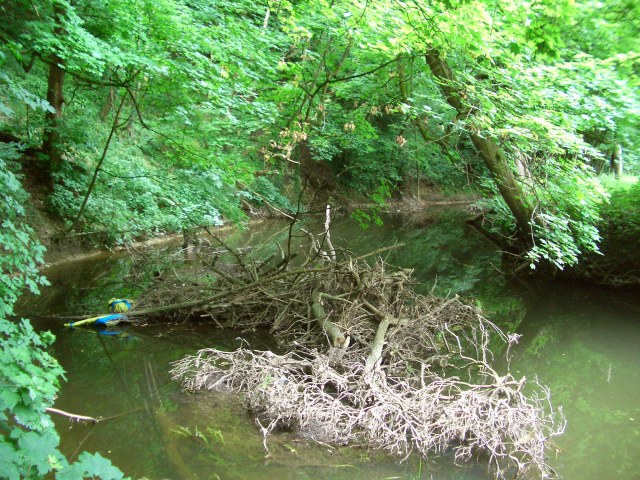
The Druid’s Grove
Climbing up through the woods away from the Mole leads to a pleasant, but well-hidden surprise – a grove of ancient Yew Trees called the Druid’s Grove:
Earlier writers and historians have referred to it as the Druids Walk, but this separate wood was not named on any maps until the 1873 OS map called it Druid’s Grove. In 1878 Louis J. Jennings wrote in his book Field Paths and Green Lanes:
“A private path southward of the house leads straight down to the Druids’ Walk. It is best to approach it from the upper end, and to go in summer when the oaks and beeches are in full foliage, for then the shade they cast adds much to the mysterious appearance of the grove…”
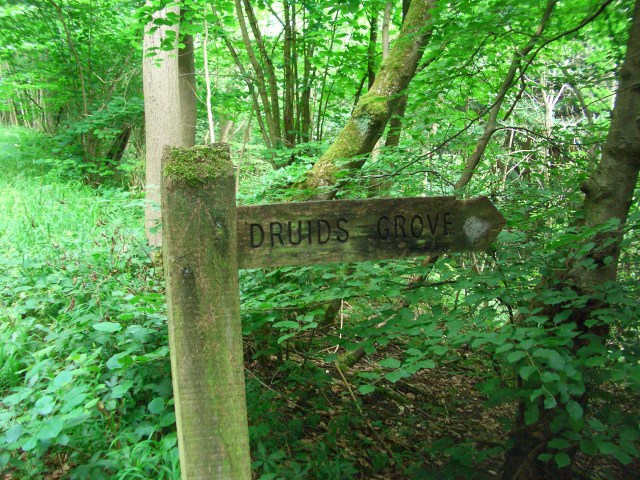
“The trees in their long and slow growth have assumed many wild forms, and the visitor who stands there towards evening, and peers into that sombre grove, will sometimes yield to the spell which the scene is sure to exercise on imaginative natures — he will half fancy that these ghostly trees are conscious creatures, and that they have marked with mingled pity and scorn the long processions of mankind come and go like the insects of a day, through the centuries during which they have been stretching out their distorted limbs nearer and nearer to each other.”
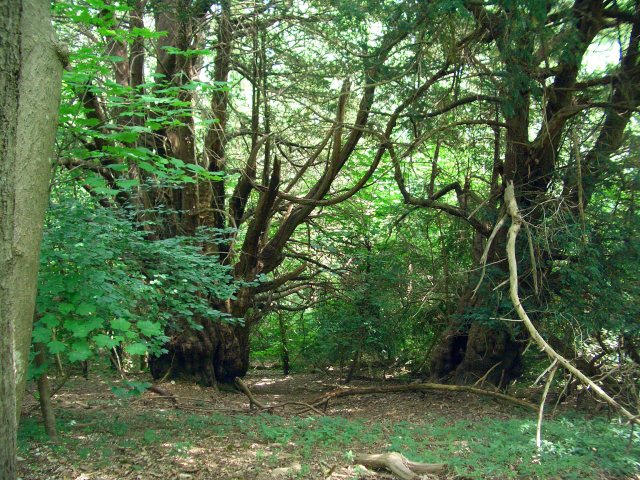
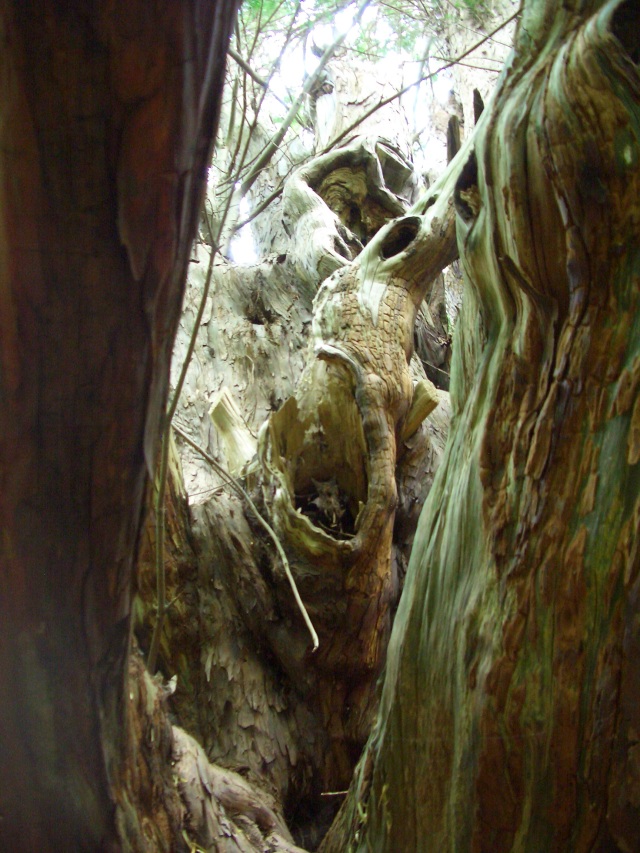
“Thick fibrous shoots spring out from their trunks, awakening in the memory long-forgotten stories of huge hairy giants, enemies of mankind; even as the ‘double-fatal yew’ itself was supposed to be in other days. The bark stands in distinct layers, the outer ridges mouldering away, like the fragments of a wall of some ruined castle. The tops are fresh and green, but all below in that sunless recess seems dead. At the foot of the deepest part of the grove there is a seat beneath a stern old king of the wood, but the genius loci seems to warn the intruder to depart — ancient superstitions are rekindled, and the haggard trees themselves seem to threaten that from a sleep beneath the ‘baleful yew’, the weary mortal will wake no more.”
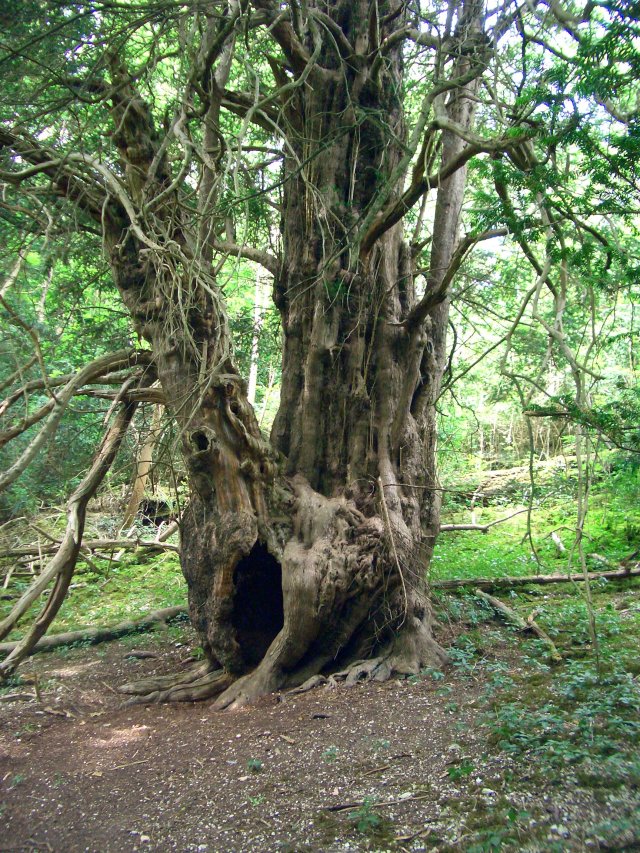
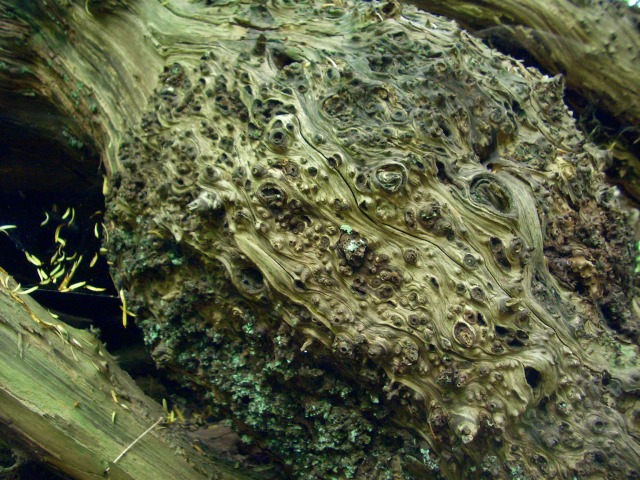

The Yews are among the oldest in Britain, and this paper about Yew dating puts some of the Druids grove Yews at 2000-3000 years old! (But the Ankerwyke Yew down the road in Staines is bigger still (girth of 9.43m versus the Norbury maximum of 7.92). Venerable trees indeed!
Hill top
Walking up towards the Mansion there is a viewpoint looking across the Mole Valley, and behind the mansion there is a sawmill managed by Surrey Wildlife Trust.
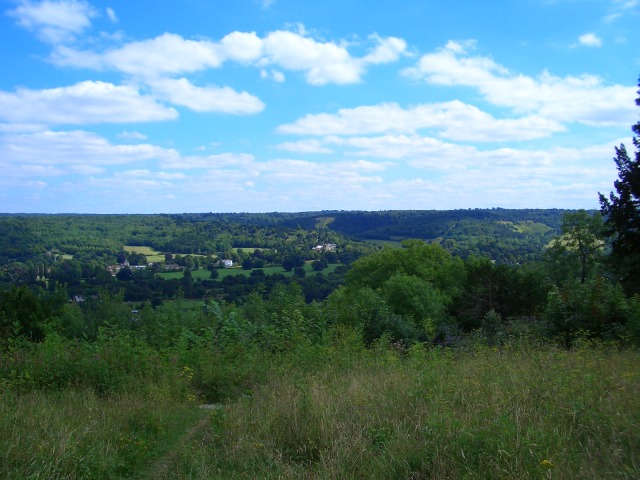
Walking down again to the Mole, there is an artwork in the middle of a field: Wellfont, by Alison Gill.
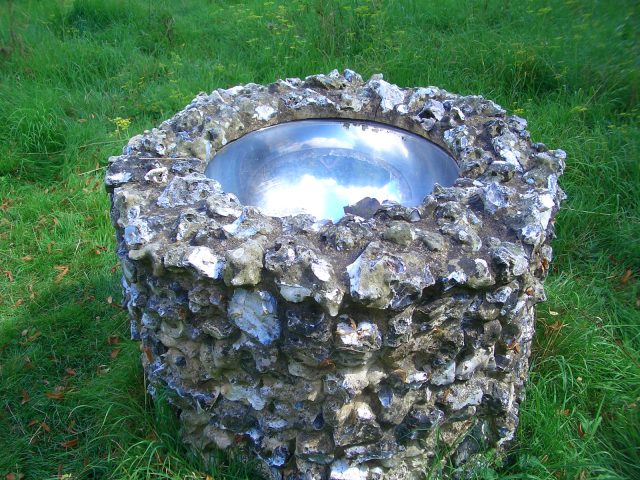
Wellfont
Wellfont
This octagonal well head was made from Surrey
Diamonds (local flint) and lime mortar.
Wellfont marks the journey of water on its
endless, life-sustaining cycle. Travelling from
ancient springs, lakes, rivers and great oceans on
the earth’s surface to condense into a mass of
vapour suspended overhead; then falling to the
soil once again.
Water lore and customs of water worship have
developed over millennia. Many holy wells and
sacred springs still survive throughout the
British Isles”
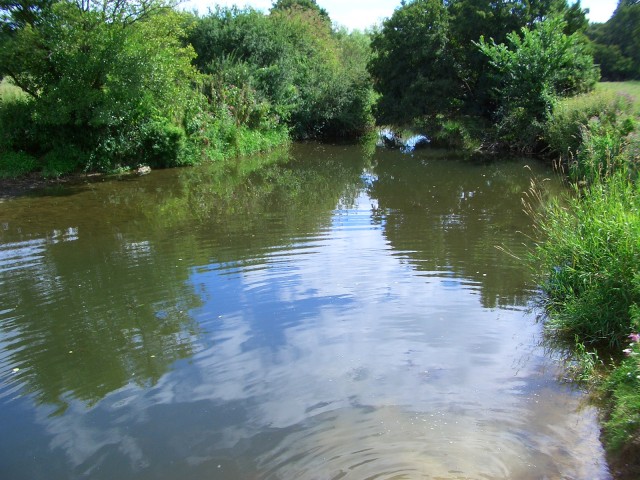
And so goodbye to Norbury Park.
The Mole flows on, north towards Leatherhead.
